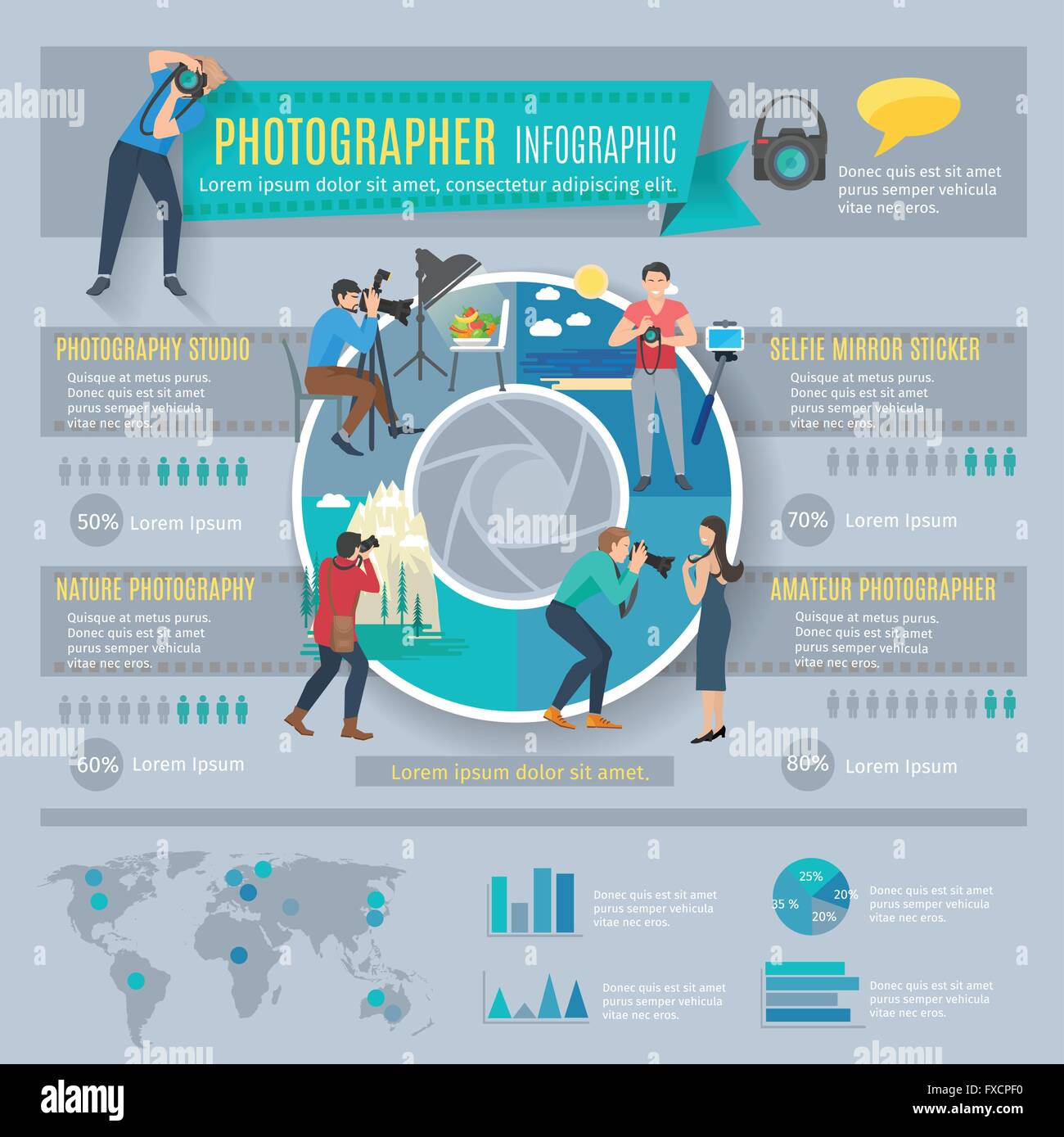Join Us To Find Essential Photography Pointers That Will Certainly Unlock Your Cam'S Capacity-- Prepare To Capture Spectacular Images In No Time At All!
Join Us To Find Essential Photography Pointers That Will Certainly Unlock Your Cam'S Capacity-- Prepare To Capture Spectacular Images In No Time At All!
Blog Article
Article Writer-Christian Dalton
When you first grab your electronic camera, it can really feel frustrating with all the settings and choices readily available. You may find yourself questioning exactly how to browse aperture, shutter speed, and ISO effectively. Grasping these fundamentals is vital, yet there's more to photography than simply technical knowledge. Recognizing make-up methods and illumination problems can boost your pictures considerably. So, what happens if you could find out straightforward techniques to boost your skills and begin recording remarkable pictures faster than you think? Allow's explore how to change your photography journey.
Comprehending Camera Setups
Recognizing your electronic camera settings is crucial for recording sensational photos. When you grab your cam, acquaint on your own with the 3 main settings: aperture, shutter rate, and ISO. Each plays an essential function in how your pictures turn out.
Beginning with aperture, which controls the amount of light entering the lens. A broader aperture (reduced f-number) lets in extra light and develops a lovely background blur, best for pictures. On the other hand, a narrower aperture (greater f-number) keeps even more of the scene in focus, perfect for landscapes.
Next, focus on shutter speed. This setting identifies the length of time your electronic camera's sensor is subjected to light. https://blogfreely.net/jolanda754donnell/just-how-to-develop-a-digital-photography-portfolio-that-sticks-out freezes movement, which is wonderful for action shots, while a sluggish shutter speed can create magnificent effects like smooth water in landscapes.
Last but not least, change your ISO. This setup influences your electronic camera's sensitivity to light. A greater ISO works in low-light situations yet can present noise or grain. Aim for the lowest ISO feasible while still attaining appropriate exposure.
Structure Strategies
When you're out capturing, structure can make all the difference in how your pictures resonate with viewers. Begin by using the regulation of thirds; imagine your structure divided into 9 equivalent areas with 2 horizontal and 2 upright lines. Setting key elements along these lines or at their junctions to create equilibrium and interest.
Next, consider leading lines. These all-natural lines in your scene, like roadways or rivers, draw the visitor's eye right into the photo, guiding them through the story you're informing.
Don't forget about framing; use components within your scene, like trees or windows, to produce a frame around your subject, including deepness and emphasis.
Additionally, watch on your background. https://www.adorama.com/alc/5-action-photography-tips-from-the-pros can distract from your main subject, while a simple one assists it stand out.
Lastly, trying out balance and patterns; they can produce a striking image that records focus.
Mastering Illumination Conditions
Understanding illumination problems is essential for capturing magnificent photographs, as the appropriate light can change an ordinary scene into something phenomenal.
Begin by observing natural light at different times of the day. Mornings and late afternoons supply the most effective light, referred to as the golden hour. The soft, warm tones throughout these times can improve your pictures perfectly.
Don't shy away from overcast days either; diffused light can reduce severe darkness and create a pleasing effect, particularly for pictures.
Trying out backlighting by positioning your topic against the light. This technique can create a dreamy halo impact and add depth to your pictures.
Take notice of your electronic camera setups too. Adjust the ISO, aperture, and shutter rate to fit the illumination conditions. A greater ISO can assist in low light, yet be cautious of grain.
Use a tripod in darker settings to stay clear of blur.
Lastly, do not forget man-made lights. Flash and continuous lights can be excellent devices for managing light in challenging problems.
Conclusion
Finally, grasping your camera does not have to be overwhelming. By comprehending your setups, using structure techniques, and harnessing the power of natural light, you'll quickly boost your digital photography abilities. Keep in mind, practice makes perfect, so venture out there and trying out your newly found expertise. With time and devotion, you'll be recording magnificent pictures that mirror your distinct perspective. Appreciate the trip, and don't forget to have a good time while you go to it!
